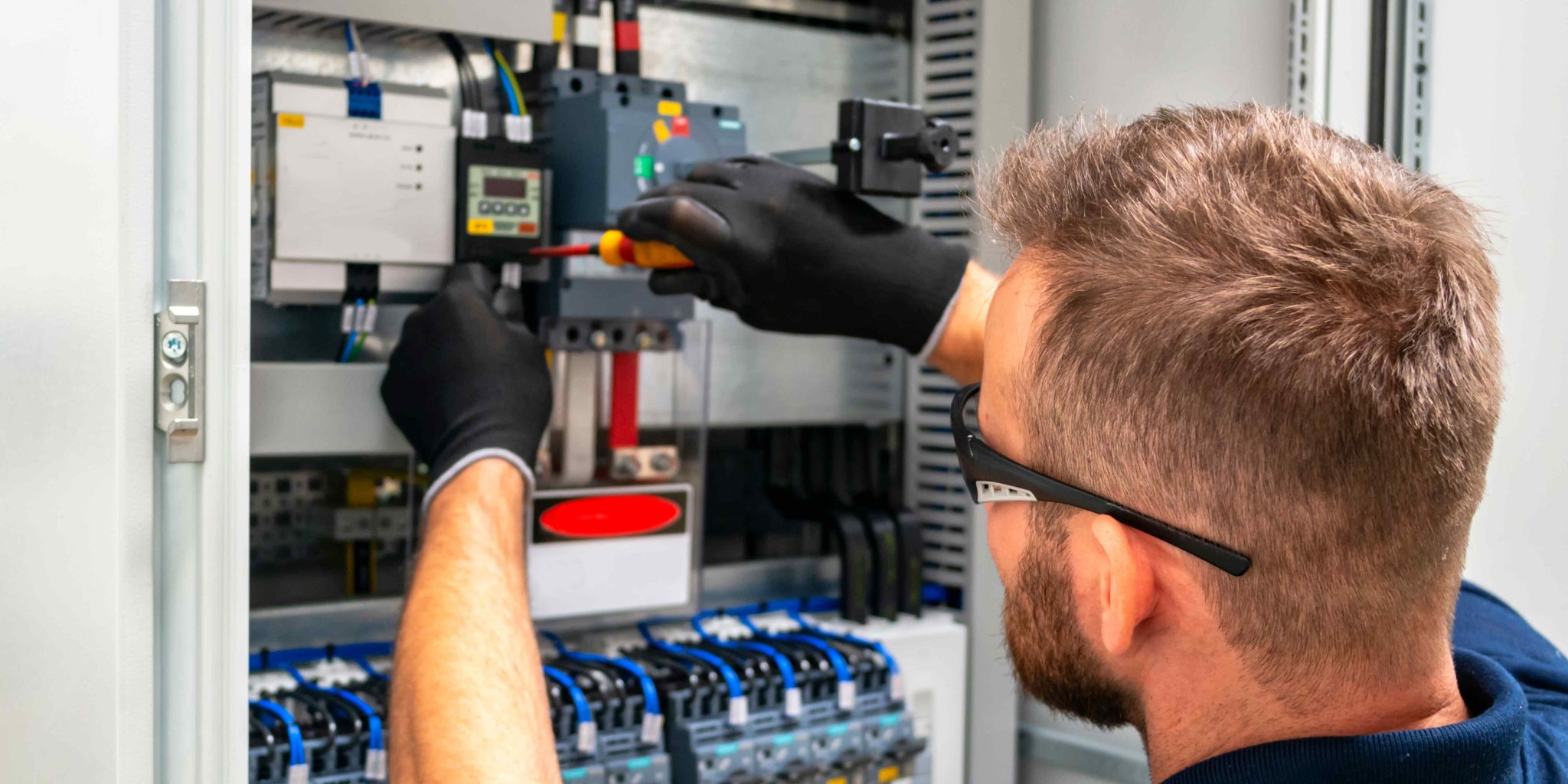Introduction
In recent years, the construction industry has witnessed a significant shift towards automation, digitization, and intelligent technologies. Among the innovations revolutionizing the sector, arduino has emerged as a powerful, flexible, and cost-effective platform that is enabling engineers, builders, and technologists to rethink how construction is done. This open-source electronics platform offers the ability to design and implement custom solutions tailored to the dynamic needs of modern construction. From smart monitoring systems to robotic machinery and safety enhancements, Arduino is not just a tool—it is a game changer.
What Is Arduino?
Arduino is an open-source electronics platform based on easy-to-use hardware and software. At its core is a microcontroller—a small computer on a single integrated circuit—that can read inputs (like temperature sensors, light detectors, or button presses) and turn them into outputs (such as activating a motor, turning on an LED, or sending data to the cloud). The user programs this interaction using the Arduino programming language and the Arduino IDE (Integrated Development Environment).
What makes Arduino particularly suitable for the construction industry is its adaptability, affordability, and the massive global community that supports development and troubleshooting. Whether it’s for prototypes or fully deployed solutions, Arduino offers a customizable approach to engineering challenges.
The Role of Arduino in Modern Construction
Automation and Robotics
Construction automation is increasingly reliant on microcontroller-based systems. Arduino boards are now frequently used to control autonomous machinery, including robotic bricklayers, excavators, and drones. By programming custom responses based on environmental inputs, builders can create smart systems that adapt to changing site conditions.
For example, Arduino-powered robots can be programmed to measure and align bricks with precision, reducing human error and speeding up the building process. Similarly, Arduino-controlled drones can monitor site progress from the air, providing real-time data to project managers.
Environmental Monitoring
Maintaining environmental conditions on a construction site is crucial. With Arduino, developers can create low-cost sensor systems to monitor temperature, humidity, air quality, dust levels, and more. This is especially important for maintaining worker safety and ensuring compliance with regulatory standards.
A network of Arduino sensors can feed data to a central monitoring dashboard, giving stakeholders immediate insights into on-site environmental risks. Alerts can be automated so that any unsafe condition triggers immediate warnings, helping to prevent accidents and ensure compliance.
Structural Health Monitoring
Arduino-based systems are being increasingly used to monitor the health of buildings and infrastructure during and after construction. Sensors embedded in concrete can detect pressure, temperature, and movement. With the help of Arduino, this data can be collected, stored, and analyzed to detect early signs of stress or structural failure.
In this context, Arduino acts as the brain of a structural monitoring system, receiving data from strain gauges or vibration sensors and transmitting it to engineers in real time. This enables proactive maintenance, reduces risk, and extends the lifespan of infrastructure.
Safety Enhancements
Construction sites are inherently risky. However, Arduino-powered safety solutions are improving site safety through wearable devices, motion detectors, and emergency alert systems. Wearables embedded with Arduino can track worker location, vital signs, and exposure to hazardous environments.
If a worker falls or is exposed to harmful gases, an Arduino-based alert system can instantly notify supervisors or trigger alarms. The real-time feedback and response capabilities of Arduino significantly enhance emergency response times and reduce the likelihood of serious injury.
Arduino in Smart Construction Equipment
Customized Machinery
Modern construction often requires specialized equipment. With Arduino, companies can retrofit existing machines or build custom equipment suited to specific project needs. Whether it’s automating a concrete mixer or designing a motorized formwork system, Arduino offers the flexibility needed for tailored solutions.
The ability to integrate various inputs and outputs into a unified system makes Arduino ideal for machinery that needs to adapt to varied tasks or environments. In this way, it extends the lifecycle of tools and equipment while enhancing functionality.
Energy Efficiency and Sustainability
Construction companies are under pressure to reduce their environmental impact. Arduino is playing a vital role in the development of energy-efficient systems and sustainable construction practices. From solar-powered lighting systems on construction sites to automated water management, Arduino helps integrate eco-friendly features into daily operations.
For instance, smart lighting systems controlled by Arduino can reduce energy use by activating only when motion is detected. Similarly, water pumps can be managed more efficiently through Arduino-based scheduling, reducing waste and cutting costs.
Training and Workforce Development
Education and Upskilling
The ease of use and affordability of Arduino make it an ideal platform for workforce development. Construction professionals are increasingly being trained to use Arduino for site monitoring, automation, and machinery management. Technical schools and universities offer courses that integrate Arduino with construction technologies, preparing students for modern job demands.
By learning to work with Arduino, construction workers gain valuable skills in programming, electronics, and data interpretation, helping to bridge the gap between traditional labor and modern tech-driven roles.
Prototyping and Innovation
Rapid prototyping is essential in construction innovation. With Arduino, developers and engineers can quickly test new ideas before scaling them for full implementation. Whether it’s a new type of robotic arm or a site-wide sensor network, Arduino allows for fast, iterative development without major financial risk.
Startups and innovators in construction technology are leveraging Arduino to bring new concepts to market faster, disrupting traditional practices and setting new benchmarks for productivity and safety.
Real-World Examples of Arduino in Construction
- Smart Helmets: Engineers have developed smart helmets with Arduino that monitor temperature, impact, and fatigue to improve safety.
- Concrete Curing Monitors: Embedded Arduino sensors help track temperature and moisture content during concrete curing, ensuring optimal strength and durability.
- Automated Survey Tools: Surveying devices powered by Arduino can measure and record land gradients, reducing the need for manual labor and increasing precision.
- IoT Integration: Arduino acts as a bridge between on-site equipment and cloud platforms, enabling real-time data analysis and remote control.
Challenges and Considerations
Despite its many benefits, using Arduino in construction does come with challenges. It requires proper housing to protect it from dust, water, and extreme temperatures. Also, while Arduino is excellent for prototyping and small-scale deployment, large-scale industrial applications may demand more robust systems or require integration with PLCs (Programmable Logic Controllers).
Nonetheless, many of these limitations are being addressed through ruggedized enclosures, wireless connectivity, and hybrid systems that combine Arduino with other industrial technologies.
The Future of Arduino in Construction
As the construction industry becomes increasingly data-driven and automated, the role of Arduino will only grow. Its compatibility with IoT systems, machine learning algorithms, and advanced analytics platforms positions it as a cornerstone of future-ready construction solutions.
Innovations in wireless communication, such as LoRa and NB-IoT, are enhancing Arduino’s capabilities in remote site monitoring and real-time communication. Additionally, integration with BIM (Building Information Modeling) platforms allows for seamless data exchange between digital models and physical construction activities.
Conclusion
The impact of Arduino on construction technology is both transformative and ongoing. From smart safety systems and environmental monitoring to advanced robotics and custom machinery, Arduino is redefining how buildings are designed, constructed, and maintained. As technology continues to evolve, professionals who harness the power of Arduino will be better equipped to drive innovation, improve safety, and deliver sustainable, efficient construction projects.



